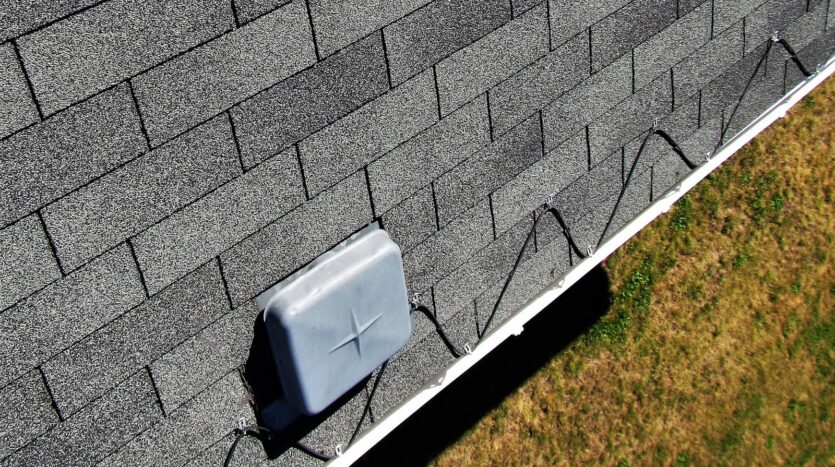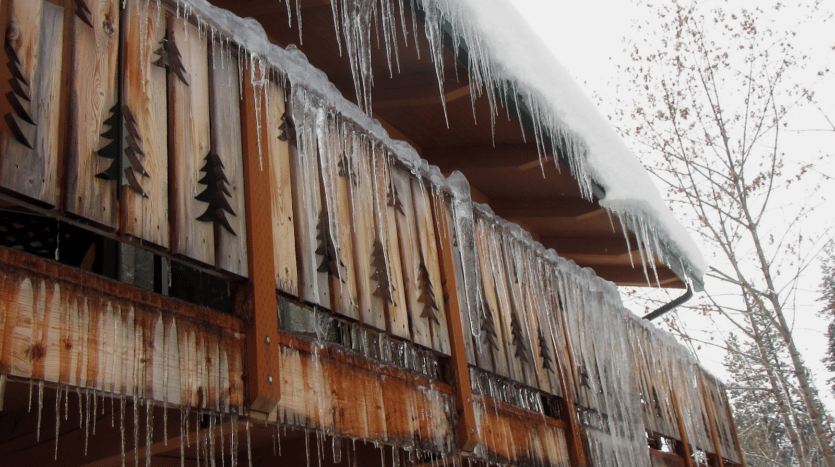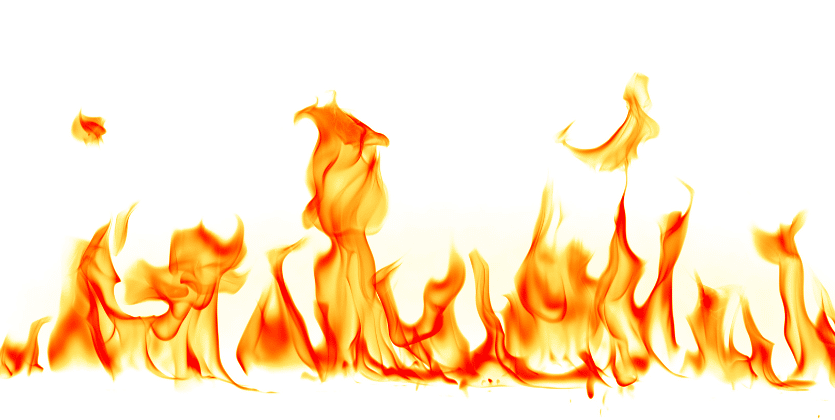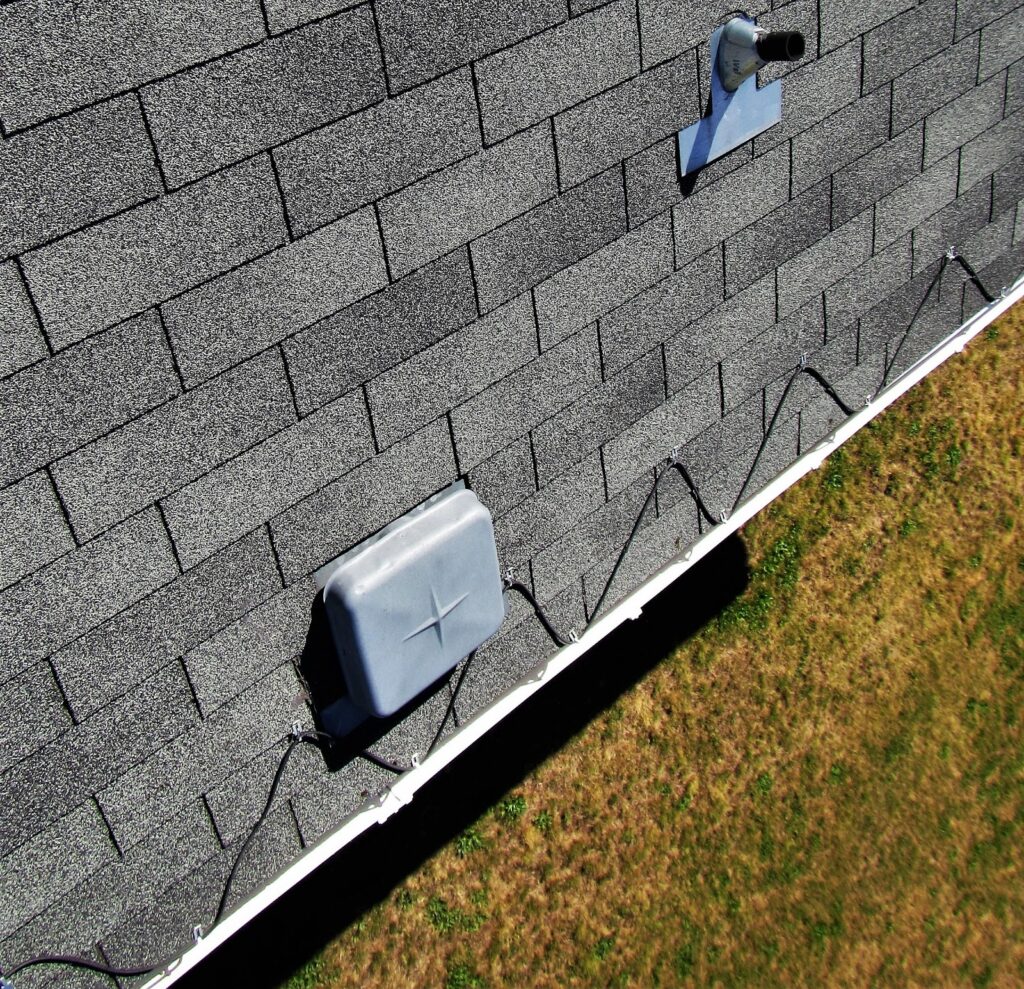Can Heat Tape Cause a Fire?
Guest Post by Don Hester of NCW Home Inspections, LLC a Licensed Washington State Home Inspection service located in Wenatchee Washington
A recent house fire in Leavenworth has numerous homeowners wondering “Can heat tape cause a fire?”
A very common artifact of living with snow in the Leavenworth or Lake Wenatchee area is the use of heat tape to help manage snow and ice on roofs and gutter systems. They are inexpensive and easy to use. Most will install them in a Zig-Zag pattern on the roof and or along a gutter and downspout.
Most these heat tapes have a small thermostat so when the temperature drops calls for power that produces heat, then cuts off power after the temperature rises. You can leave these models plugged in. There are plug in type thermostats available. Some of these cables will also include a moisture sensor.

Often people put them on their roof to prevent ice dams. The problem is that these heat cable are acting as a band-aid and are not addressing the typical root of the problem, which is warm air entering the attic because of air leaking into your attic (known as thermal bypass).
In many cases evaluating and correcting the underlying cause of ice damming and build up should be performed.
Another issue with these heat tapes and cables is that most of the time people install them and never think about them again till either they fall off the roof, quit working or something more sinister happens…fire!
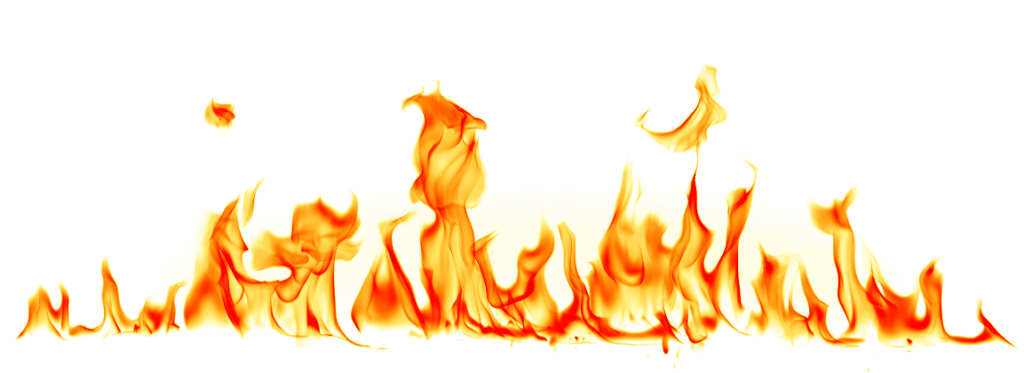 A recent event here in the valley is a reminder of potential safety concern, a fire as reported by the Wenatchee World–
A recent event here in the valley is a reminder of potential safety concern, a fire as reported by the Wenatchee World–
“The cause is under investigation, but Chelan County Fire Marshal Bob Plumb believes it may have been started by faulty heat trace — heated wiring in the roof used to melt snow and ice.
Oftentimes, heat trace is accompanied by sensors that shut off the heat when the weather reaches a certain temperature. Plumb said he hasn’t found any sensors in the roofing.”
The Consumer Product Safety Commission (CPSC) says they no longer collect data on heat tape-related accidents. But in the 1990s, the agency reported the products were involved in about between 1500 and 3300 fires, 10 deaths and 100 injuries every year. Some of these incidents were for heat tape and cables on water pipes.
CPSC-
https://www.cpsc.gov/content/inspect-heat-tapes-cables-as-you-winterize-your-home
To prevent fires, CPSC urges homeowners to replace heat tapes more than 3 years old with newer heat tapes certified by Underwriters Laboratories (UL). the Canadian Standards Association (CSA), and the Factory Mutual Research Corporation (FMRC).
- Homeowners should check cable (s) annually for any damage; such as nicks, cuts possibly caused by animals, or other activity on the roof.
- Check any ground fault protection devices for proper operation.
- Remove all debris (leaves, twigs, pine needles, etc.) from roof, gutters and downspouts prior to energizing the roof cable.
- Never attempt to energize the roof cable if any of these problems are discovered.
From Frost King- “Check to be sure the cable has not been moved from its intended position. The heated portion of the cable must be positioned entirely on the roof and must not touch, crossover, or overlap itself.”
It is recommended or required by most manufacturers that the circuit supplying the heating cable or tapes have ground fault protection (GFCI) and must be on a grounded receptacle(outlet). These receptacles should be located so that there is no need to use an extension cord to plug in the heat tape/cable.
There is an exemption from GFCI protection for a dedicated receptacle(s) for deicing equipment but if the manufacturer requires it you so still need GFCI protection. If you are concerned or not sure that your circuit has ground fault protection you consult a qualified electrician.
Link- To Frost King Manual
http://www.ncwhomeinspections.com/system/files/userfiles/1_Frost_King_Owners_Manual.pdf
Remember annual inspection of these heat cables should be performed before the coming winter to ensure that they are in proper shape and ready for use.



